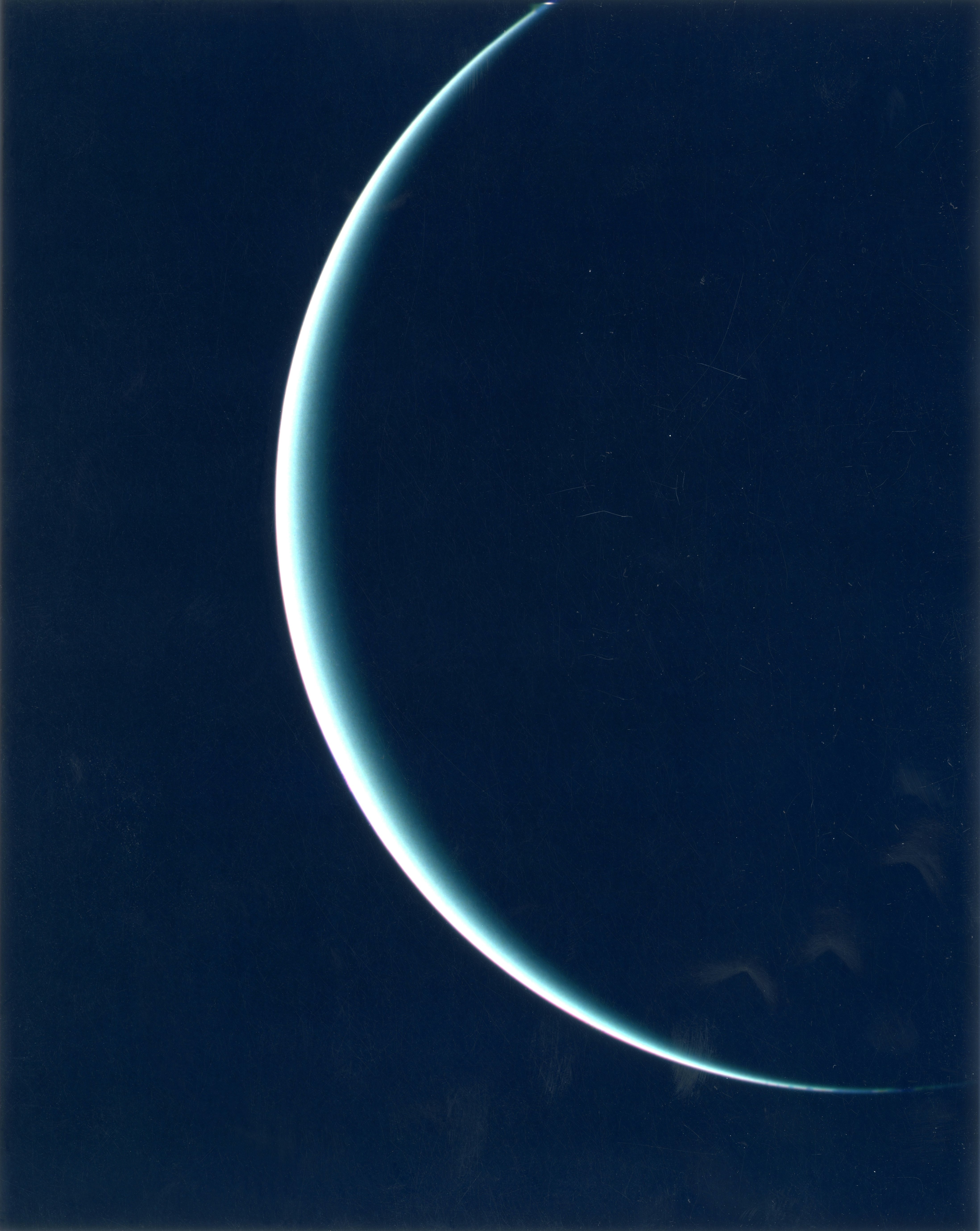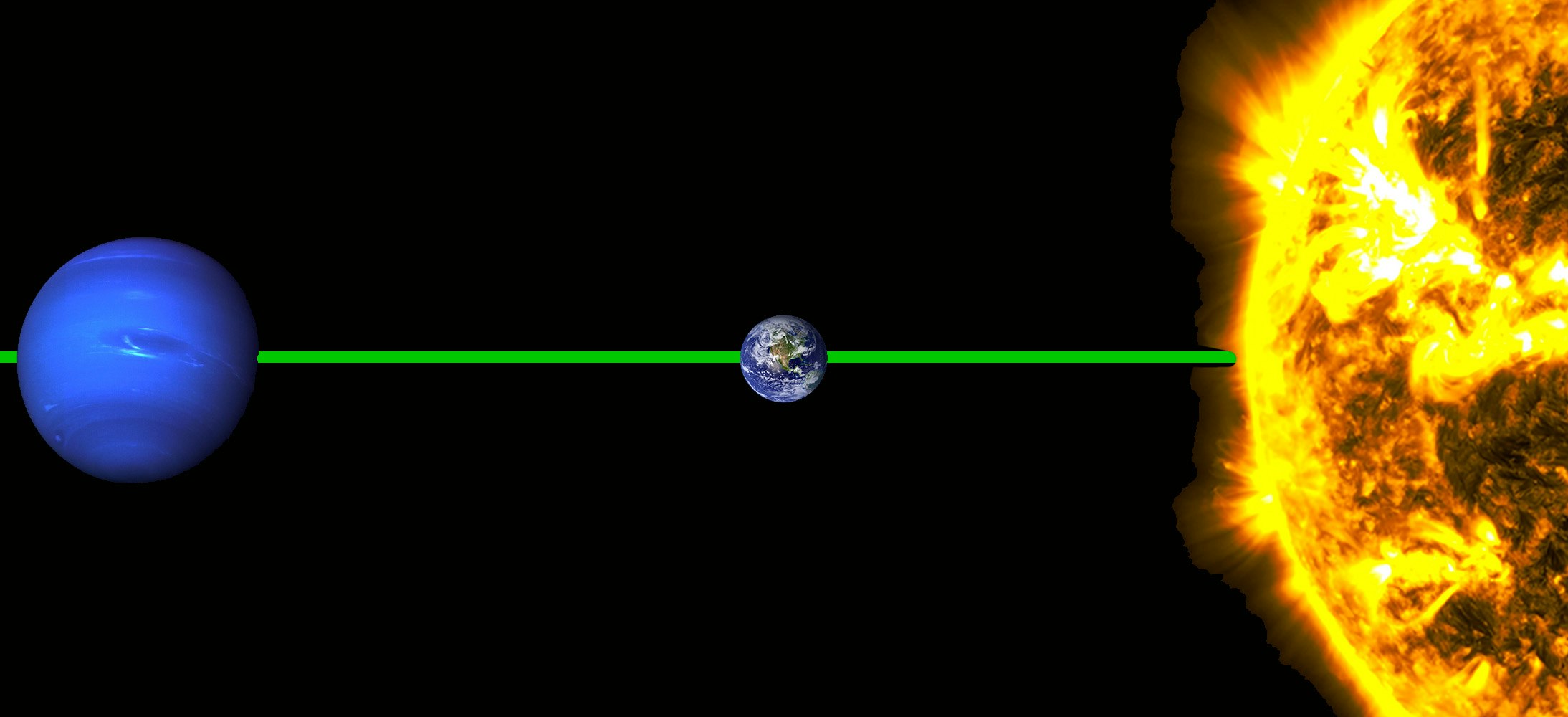
The distant, mysterious ice giant planet Neptune will present its best viewing opportunities for 2022 when the planet comes into opposition on September 16.
Neptune is the farthest known planet in our Solar System, orbiting the Sun at a distance of roughly 30 astronomical units (30 times the distance from the Earth to the Sun), and is not visible to the naked eye. At opposition, the planet will be visible as a blue dot with good binoculars and telescopes. High-powered telescopes may also be able to catch a glimpse of Neptune’s brightest moon, Triton.
How to see Neptune at opposition 2022
At opposition, and on surrounding nights, Neptune rises in the east around sunset and will be visible all night long, traveling along the ecliptic (the apparent path of the Sun and planets in Earth’s sky). Neptune can be seen in the constellation of Aquarius, below the “circlet” asterism of Pisces, and to the west of Jupiter.
The planet is in apparent retrograde motion (appearing to travel backwards in its orbit relative to Earth) from June 28 to December 3. Neptune will be at its closest to Earth the day before opposition, September 15, at only 2.7 billion miles (4.3 billion km) distance. At opposition, the Sun’s light will fully illuminate the planet’s surface, casting light directly onto Neptune from Earth’s point of view.

Why did it take so long to discover Neptune?
Since it is not visible to the naked eye, Neptune was unknown to astronomers until the 1800s, when it was the first planet to be discovered by mathematical prediction, rather than direct observation, owing to gravitational perturbation on the orbit of Uranus.
Neptune was first observed by telescope in 1846. Two-hundred years previously, Galileo had plotted points noting what is now known to be the movement of Neptune; however, he had mistaken it for a “fixed” (ie. distant) star.
With Uranus, it is one of two “ice giants” in our Solar System – giant planets composed of elements heavier than hydrogen and helium, with freezing points above 100 Kelvin. The other two giant planets, Jupiter and Saturn, are “gas giants” composed mostly of hydrogen and helium.
Neptune does not have a solid surface, but NASA’s Voyager 2 flyby mission in 1989 observed weather patterns comparable to those of Jupiter, including a “Great Dark Spot,” while the planet’s mysterious blue color is thought to be due to the optical effect of Rayleigh scattering, along with the presence of methane in the planet’s outer atmosphere.
The planet’s brightest moon, Triton, may be visible to some high-powered telescopes during Neptune’s opposition. Discovered in 1846, Triton is the only known large moon in the Solar System with a retrograde orbit, traveling in the opposite direction to the planet’s rotation.
This fact indicates that Neptune’s gravity captured Triton from elsewhere in the Solar System. Triton likely originated as a dwarf planet in the Kuiper Belt — the giant asteroid belt beyond Neptune where Pluto and other dwarf planets reside. Triton is one of only a few Solar System moons with geologic and cryovolcanic activity, and a water-ice crust.
What is opposition?
Opposition occurs when a planet’s orbit around the Sun reaches the point when the planet (in this case, Neptune) is on the opposite side of Earth from the Sun. This also means that the Sun’s light brightly illuminates the surface of the planet when viewed from Earth, just like the Sun’s light on a full moon. Since the outer planet is also at its closest distance from Earth, this alignment, or syzygy, offers some of the best viewing opportunities for seeing Neptune in the night sky.
How often is Neptune at opposition?
Neptune comes into opposition roughly once a year. At roughly 30 astronomical units from the Sun, Neptune’s giant orbit is significantly longer than Earth’s, at 165 Earth years. Earth spins around the Sun and catches Neptune on its ponderous trajectory at almost the same place each year. In 2023, Neptune’s opposition will occur on September 19; in 2024, Neptune will be at opposition on September 20, and in 2025, Neptune’s opposition will be on September 23.
How far is Neptune from Earth at opposition?
Neptune will be at its closest to Earth for 2022, at only 28.91 astronomical units, or 2.7 billion miles (4.3 billion km) — about 240 light-minutes.
At this close distance, Neptune will appear at its largest apparent size for 2022, appearing at 2.34 arcseconds across. It will reach magnitude +7.8 at its brightest in opposition.
Neptune, at its enormous distance from the sun, does not vary significantly in distance from Earth over the course of its orbit. Even at solar conjunction (on the far side of the Sun) — next on March 15, 2023 — Neptune is only about 10 percent farther away from Earth, at 4.7 billion km, or about 31 astronomical units. Nevertheless, with the planet at its closest, and fully illuminated by the Sun’s light, opposition offers the best possible opportunities for viewing Neptune in the night sky with high-powered binoculars or telescope.

When is Neptune in opposition in 2023 and 2024?
Neptune comes into opposition on average just over once a year. Neptune in opposition occurs only a few days later each year. The next opportunities for viewing Neptune in opposition will be on September 19, 2023, and then again on September 20, 2024.
On September 1, 2023 (just before opposition later in the month), Neptune will experience a lunar occultation when Earth’s moon passes in front of the planet.
Other planet opposition dates 2022
All the superior planets (the planets orbiting farther out from the Sun than the Earth) reach opposition at some point in their orbits, and this is generally the best time to observe and photograph these planets, at their closest and brightest.
- Jupiter will be at opposition on September 26 this year
- Uranus reaches opposition on November 9, 2022, when it will be visible with the naked eye
- Mars will be at opposition on December 7-8, when it will also be subject to a lunar occultation, visible from parts of North America and northern and western Europe
The giant planets come into opposition approximately once a year. (Jupiter about every 13 months.) Mars, however, orbiting the Sun every 687 (Earth) days, only comes into opposition on average every 26 months, making December’s viewing an especially rare opportunity.







